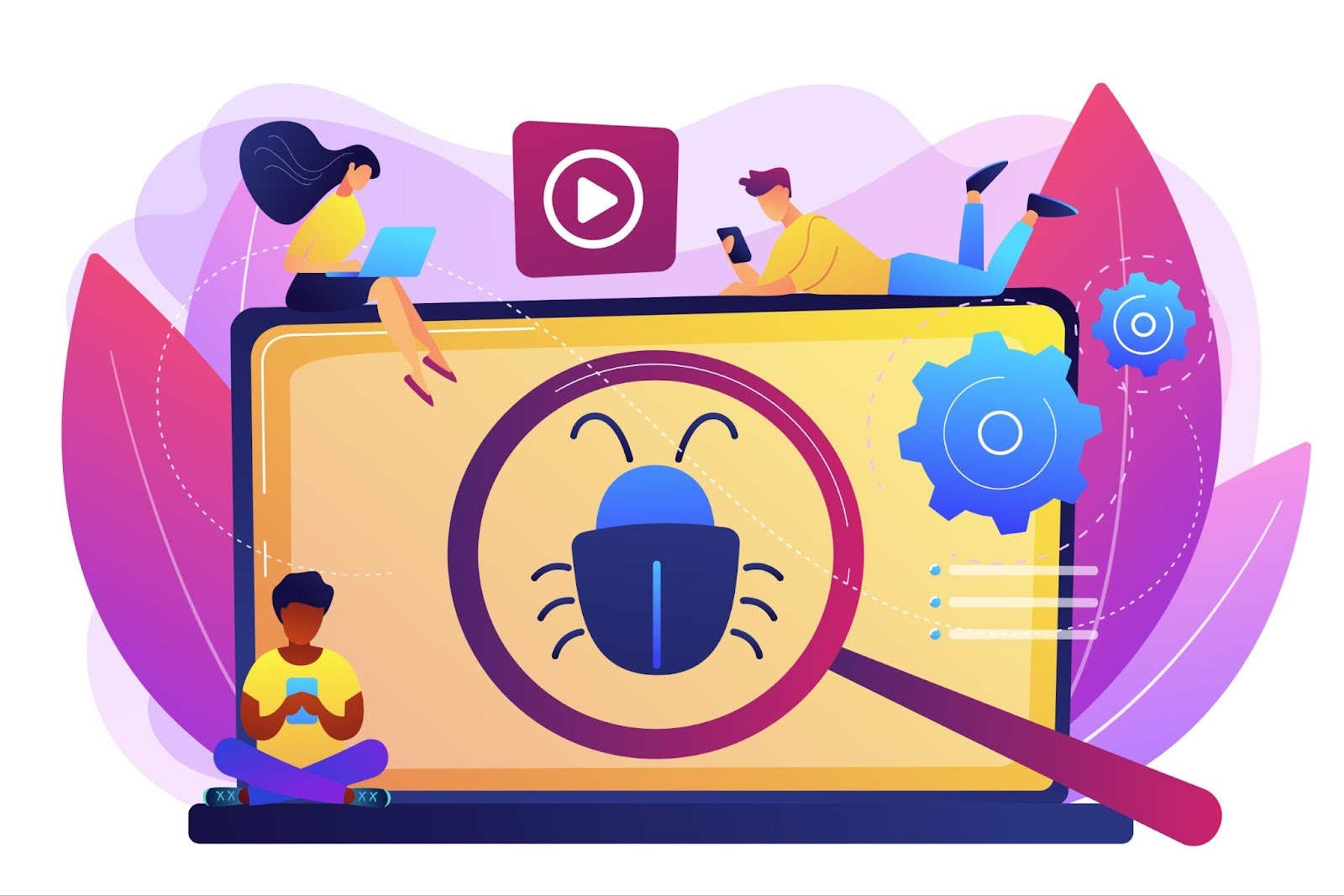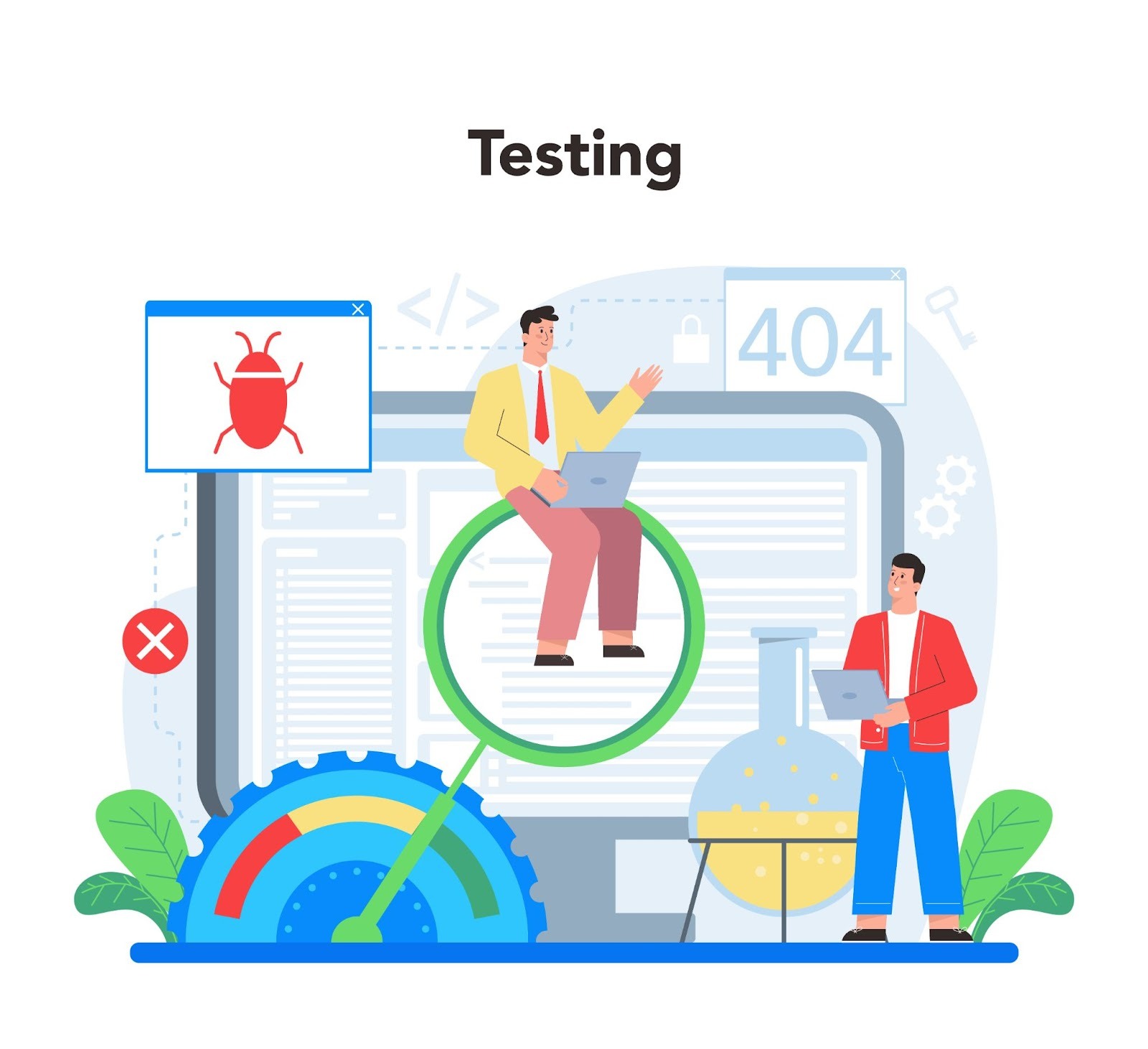Overview
When I began my journey as a QA engineer, I thought testing was simply clicking through screens, verifying functionality, and reporting bugs. But as months went by, I discovered that quality assurance is much more than that, it’s a mindset, a discipline, and often a humbling teacher.

Here are the key mistakes I made in my first year, and the lessons that shaped me into a more confident and intentional QA professional.
1. Missing Edge Cases: “No one will do this in real life” or so I thought.
In the early days, I focused too much on the “happy path.” If the main flow worked, I assumed the product was good enough.
But reality didn’t take long to prove me wrong.
Users entered strange inputs. They clicked at lightning speed. They broke flows I thought were unbreakable.
Most of the bugs I missed weren’t complex, I just failed to consider that people don’t always use a product the way we expect them to.
How I overcame it:
I trained myself to think like:
-
- a rushed user
- a confused user
- a curious user
- a destructive user
I started listing edge cases in Google Sheets, revisiting them during regression, and using Chrome DevTools to test boundary values and network scenarios. Slowly, edge cases became something I looked for rather than avoided.
2. Underestimating “Small Issues”, a big lesson disguised as a tiny bug

One of my earliest mistakes was assuming certain issues were too minor to report. Misaligned icons. Slightly slow API responses. Tiny UI inconsistencies.
“They’ll fix bigger things first,” I thought.
Then one day, during a client demo, a “small UI glitch” I noticed earlier, but ignored had become the first thing the stakeholder pointed out.
That stung.
How I overcame it:
I realized there is no such thing as a “small bug” in QA. There are only:
- unnoticed issues
- unreported issues
- or issues discovered too late
Now, I document everything clearly using ClickUp and provide supporting screenshots or screen recordings through Lightshot and Jam. Even if something is low priority, it deserves to be written down.
3. Writing Unclear Bug Reports: Developers felt confused, and so did I
Early on, my bug reports were… let’s just say “creative.”

Sometimes they lacked steps. Sometimes they missed expected results. Sometimes they were too vague.
Developers had to ask for clarifications, and that slowed everyone down, including me.
How I overcame it:
I built my own bug report checklist:
- Clear reproduction steps
- Actual vs expected result
- Screenshot or recording
- Test environment details
- Logs from Chrome DevTools if relevant
Over time, my reports became shorter, clearer, and more actionable, and developers began to appreciate them.
4. Testing Under Pressure: Learning the hard way

There were days when everything seemed urgent:
- Releases were tight
- Features were unfinished
- Fixes were last-minute
- And testing time was shrinking
I used to panic internally and rush through test cases, hoping to “get it done.”
But rushing leads to missing things, and missing things leads to bigger problems.
Click on Allow access to complete the authentication process.
How I overcame it:
I started prioritizing:
- Core flows
- High-risk areas
- Recently modified features
- API validations using Postman
I learned to communicate better:
“Given the time available, I’ll prioritize these areas first.”
This reduced stress and made my testing more effective.
5. Not Being Able to Say “No” and paying for it

In my first year, whenever someone asked, “Can you test this quickly?”
I always said yes, even if I knew time was not enough.
The result?
Incomplete testing. Missed bugs. Stress. And frustration.
How I overcame it:
I learned that saying “no” is not about refusal, it’s about responsibility.
Now, I say things like:
- “I can do it, but I’ll need more time.”
- “If it’s urgent, I’ll test the critical path only, is that okay?”
Clear boundaries protect quality.
Closing Thoughts: Growth Begins With Honesty
Looking back, every mistake was a stepping stone
I didn’t grow because I avoided mistakes, I grew because I learned from them.
Today, I test with a lot more confidence, ownership, and curiosity than I did in my early days.
Sure, tools like Playwright, Postman, ClickUp, Google Sheets, Lightshot, Jam, and Chrome DevTools make my job easier.
But the biggest transformation didn’t come from tools, it came from changing how I think about testing.
If you’re a new QA, remember this:
It’s not about being perfect.
It’s about being better today than you were yesterday.
And that’s what quality really means.

